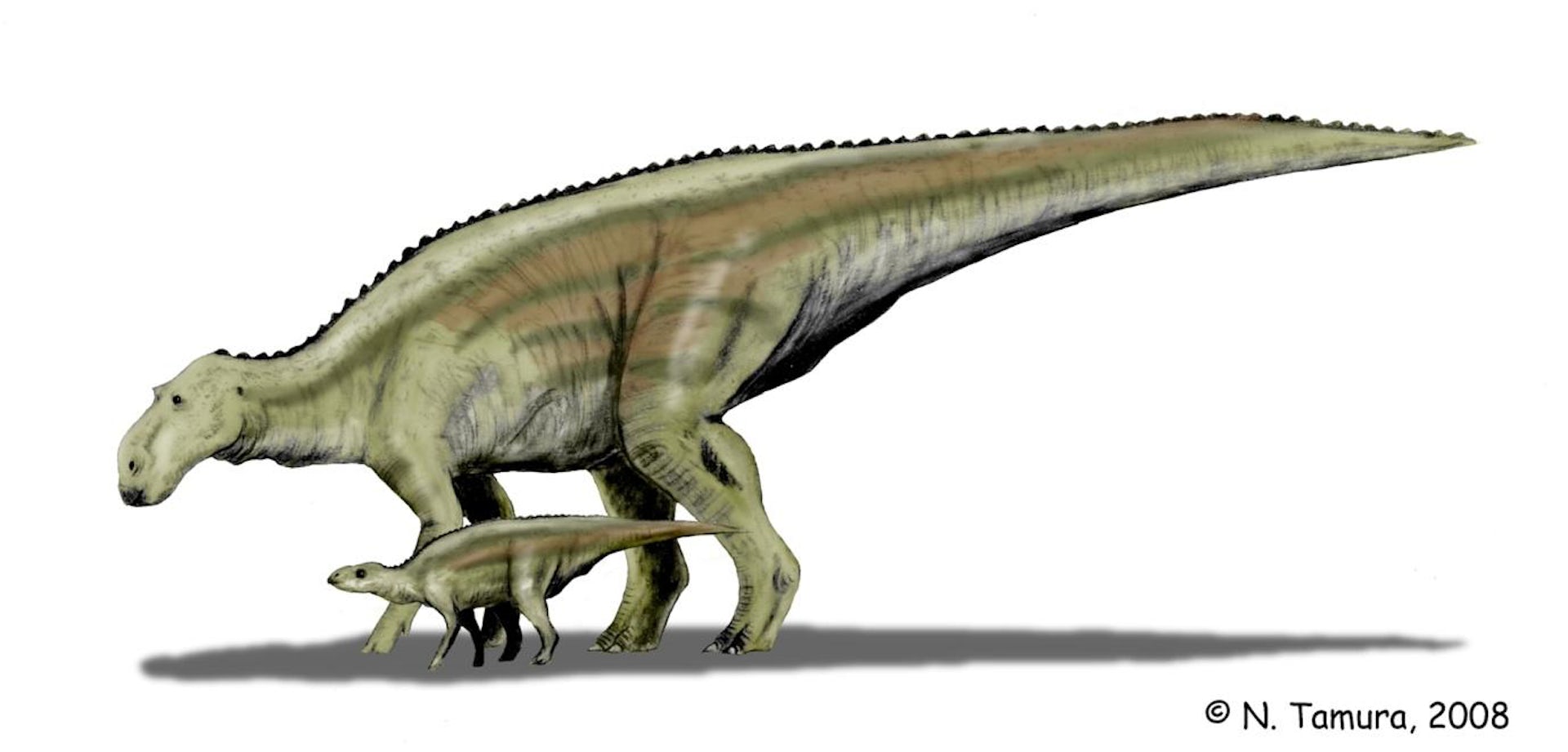New research suggests that dinosaurs, despite their reputation as slow and sluggish creatures, were actually warm-blooded and highly active. The study focused on the energy usage of a species of dinosaur called Maiasaura as it grew to adulthood. The results, published in the journal Paleobiology, revealed that Maiasaura had the ability to consume large amounts of energy and nutrients, allowing for rapid growth and activity levels comparable to modern mammals.
The study also explored how bones heal and grow in dinosaurs. Like birds, mammals, and lizards such as the Komodo dragon, dinosaur leg bones have the ability to repair themselves through a process called bone remodeling. This involves the growth of blood capillaries through old bone, which is then dissolved and replaced with new bone. These findings support the theory that dinosaurs were warm-blooded animals, as evidence of bone remodeling has been found in their bones.
While previous research has focused on adult dinosaur bones, little attention has been given to the bones of juvenile dinosaurs. This is mainly due to a lack of collections of bones from a single dinosaur species at different stages of growth. However, the Two Medicine Formation in Montana has provided a valuable collection of Maiasaura bones, offering insights into their growth and development. Maiasaura was a herbivorous dinosaur that cared for its eggs and raised its offspring for over a year after hatching.
The study found that young Maiasaura grew at an astonishing rate, reaching weights of 200-400 kilograms by their second year and over 3,000 kilograms in their teens. In comparison, cold-blooded saltwater crocodiles weigh only about 6 kilograms at the age of two and reach adulthood between ten and 16 years old. The rapid growth of Maiasaura required significant amounts of oxygen and nutrients from the blood.
To measure the blood flow in the bones of juvenile Maiasaura, the researchers used a technique called the “foramen technique.” This involved measuring the size of the foramen, a hole through which the principal nutrient artery supplies blood to the bone. The results showed that blood flow rates in one-year-old dinosaurs were similar to those in six- to 11-year-old adults. This indicates that it took much more energy and nutrients to build bones during the rapid growth stages of Maiasaura’s life compared to maintaining bones in adulthood.
Overall, the study provides further evidence that dinosaurs were warm-blooded and highly active animals. The findings support the view that dinosaurs were not slow and sluggish, but rather fast-growing creatures that dominated the landscape during the Mesozoic era.


